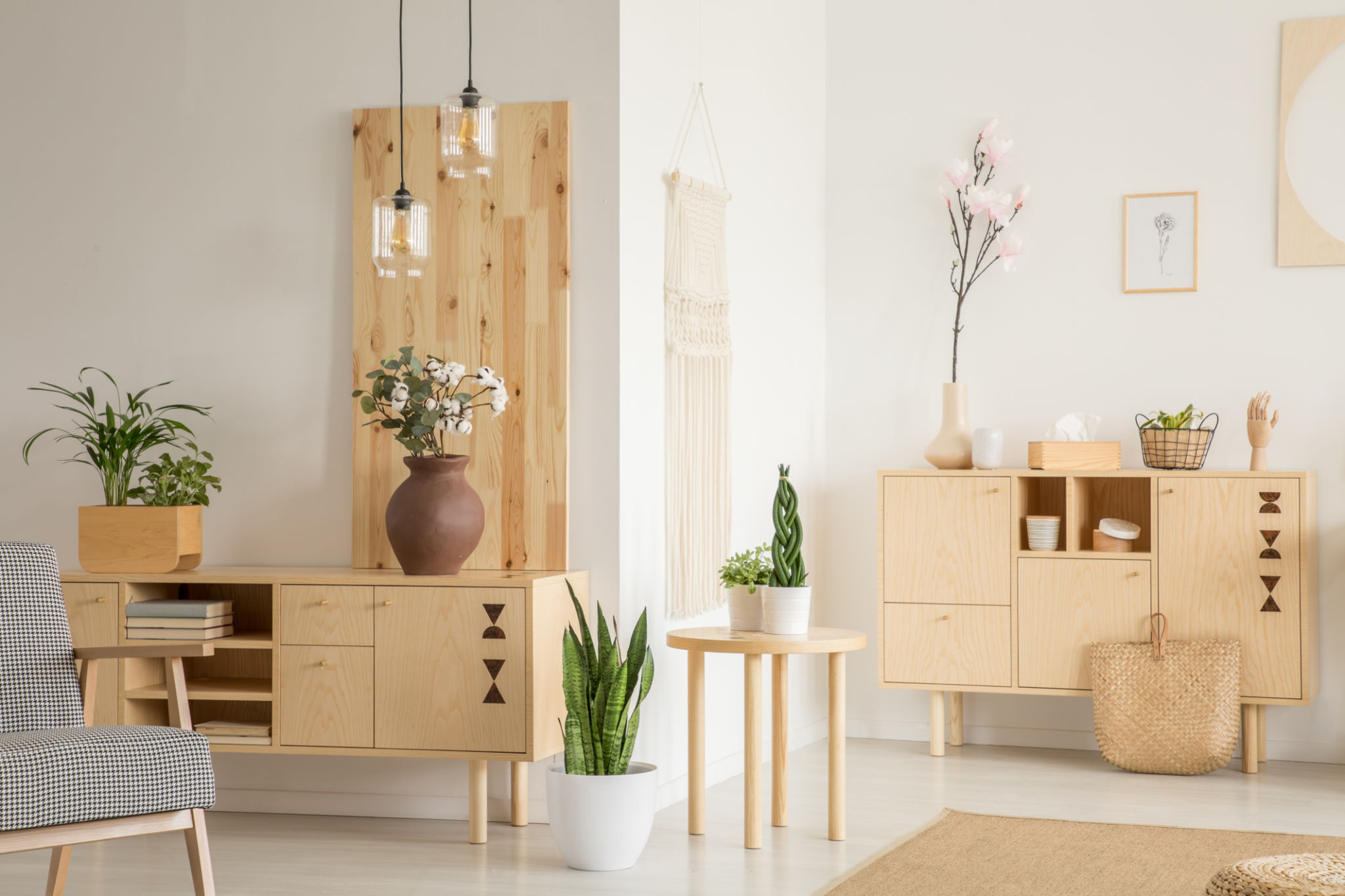Embracing Nature: The Trend of Luxury Biophilic Design in 2025
Introduction to Biophilic Design
In recent years, there has been a significant shift in architectural and interior design trends towards more sustainable and nature-inspired approaches. One such trend that has gained considerable traction is biophilic design. As we look forward to 2025, the concept of luxury biophilic design is becoming increasingly popular, blending nature's serenity with the sophistication of high-end living spaces.

The Essence of Biophilic Design
Biophilic design is centered around creating environments that enhance our connection to the natural world. This design philosophy incorporates elements such as natural light, vegetation, and organic materials to foster a sense of tranquility and well-being. By integrating these elements into residential and commercial spaces, designers aim to reduce stress, increase productivity, and improve overall quality of life.
Transform your bedroom into a natural sanctuary - Shop these sets now and create your perfect sleep environment.

Key Elements of Biophilic Design
There are several core components that define biophilic design:
- Natural Light: Maximizing the use of natural light through large windows and open spaces.
- Vegetation: Incorporating plants and greenery both indoors and outdoors.
- Natural Materials: Using wood, stone, and other organic materials in construction and decor.
- Water Features: Including elements like fountains or ponds to introduce the calming effect of water.

Luxury Meets Nature
The fusion of luxury with biophilic design is about creating opulent spaces that do not compromise on comfort while staying true to nature-inspired principles. This approach often features high-quality materials and bespoke designs that seamlessly integrate with natural elements.

Innovations in Luxury Biophilic Design
As we move into 2025, luxury biophilic design continues to evolve with several innovative trends:
- Sustainable Architecture: Incorporating eco-friendly construction techniques and renewable energy sources.
- Smart Integration: Utilizing smart home technology to optimize natural light and climate control efficiently.
- Custom Greenery: Designing personalized indoor gardens or green walls tailored to individual preferences.

The Benefits of Biophilic Design
Embracing biophilic design offers numerous advantages. Research has shown that environments rich in natural elements can enhance cognitive function, boost mood, and increase productivity. Additionally, these spaces often lead to reduced energy consumption due to their reliance on natural light and passive cooling techniques.

Challenges and Considerations
Despite its many benefits, implementing luxury biophilic design comes with its challenges. It requires thoughtful planning and execution to ensure that natural elements are effectively integrated without overwhelming the space. Moreover, maintaining these living elements demands ongoing care and attention.

The Future of Design
As the demand for sustainable and health-conscious living grows, biophilic design is set to become a staple in luxury real estate. Architects and designers are continually pushing boundaries to create environments that harmonize modern living with nature's timeless beauty. As we embrace this trend, we can look forward to more innovative spaces that prioritize our connection to the natural world.
In conclusion, luxury biophilic design represents a harmonious blend of elegance and ecological responsibility. By prioritizing natural elements in our living spaces, we not only enhance our environment but also enrich our lives with the beauty and benefits that nature provides.
